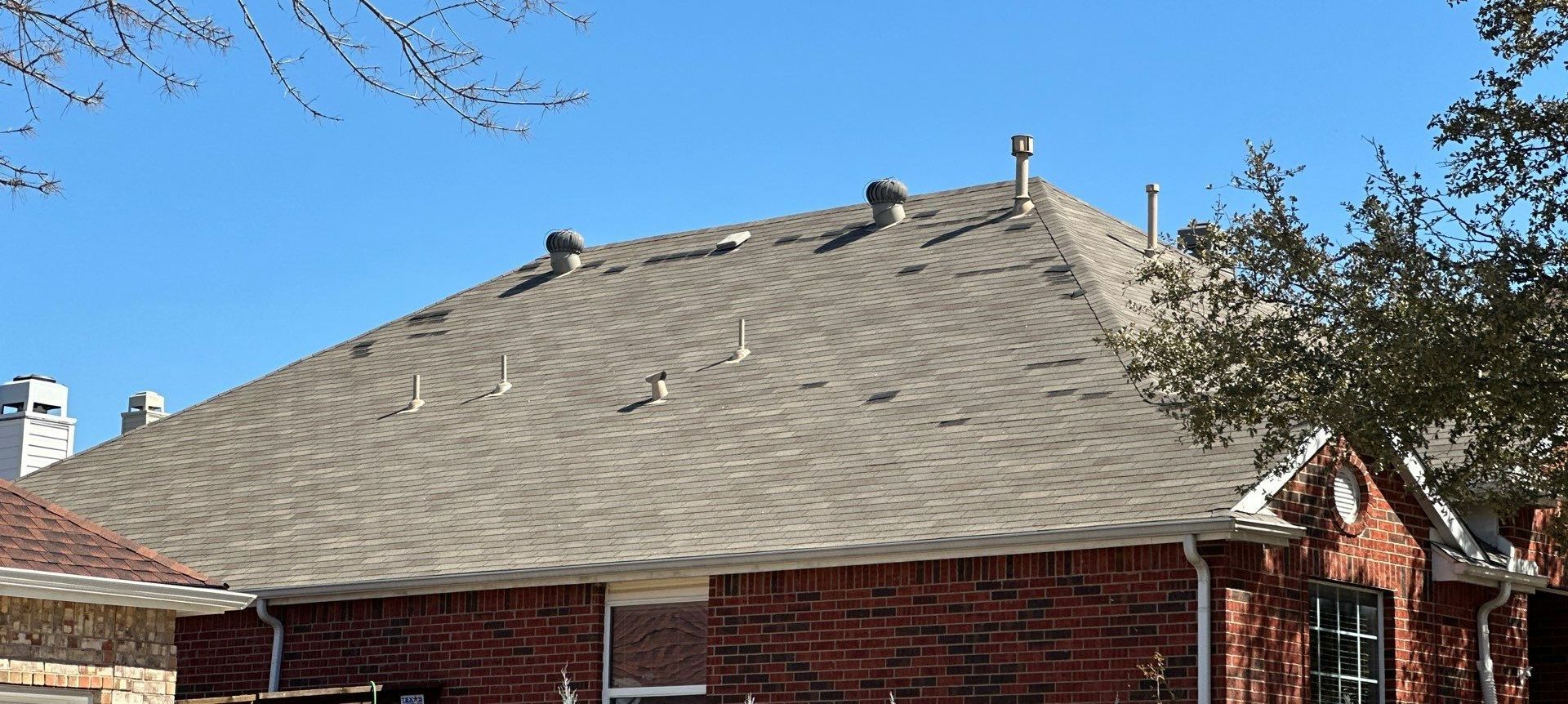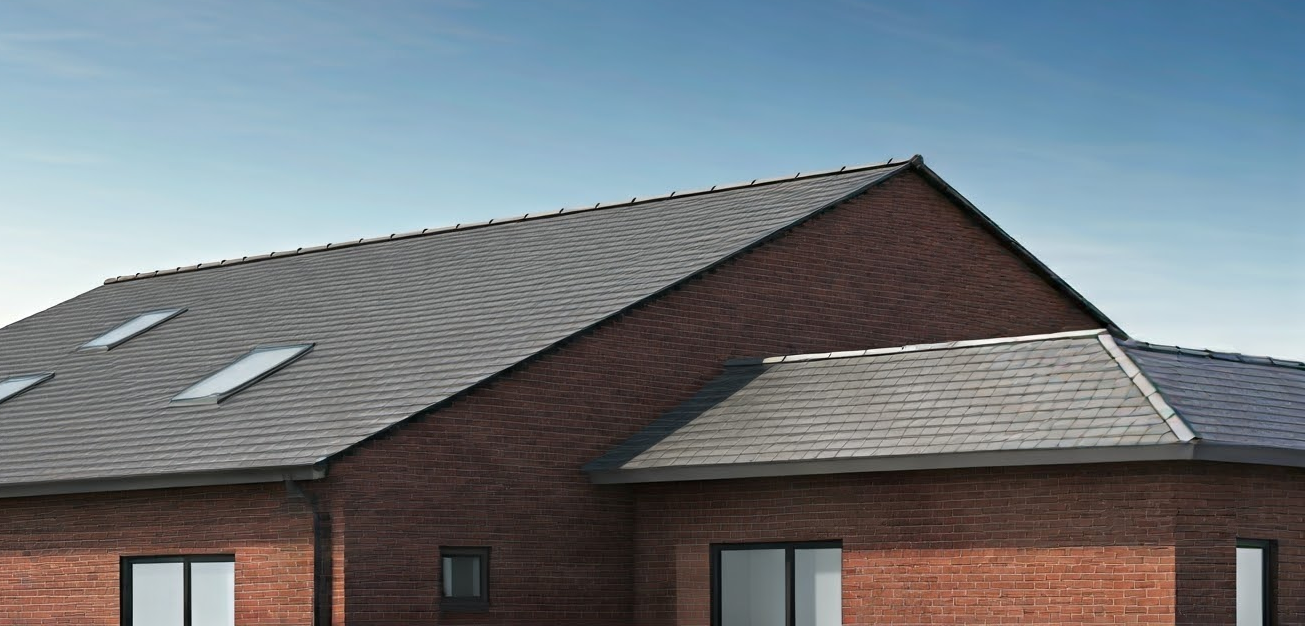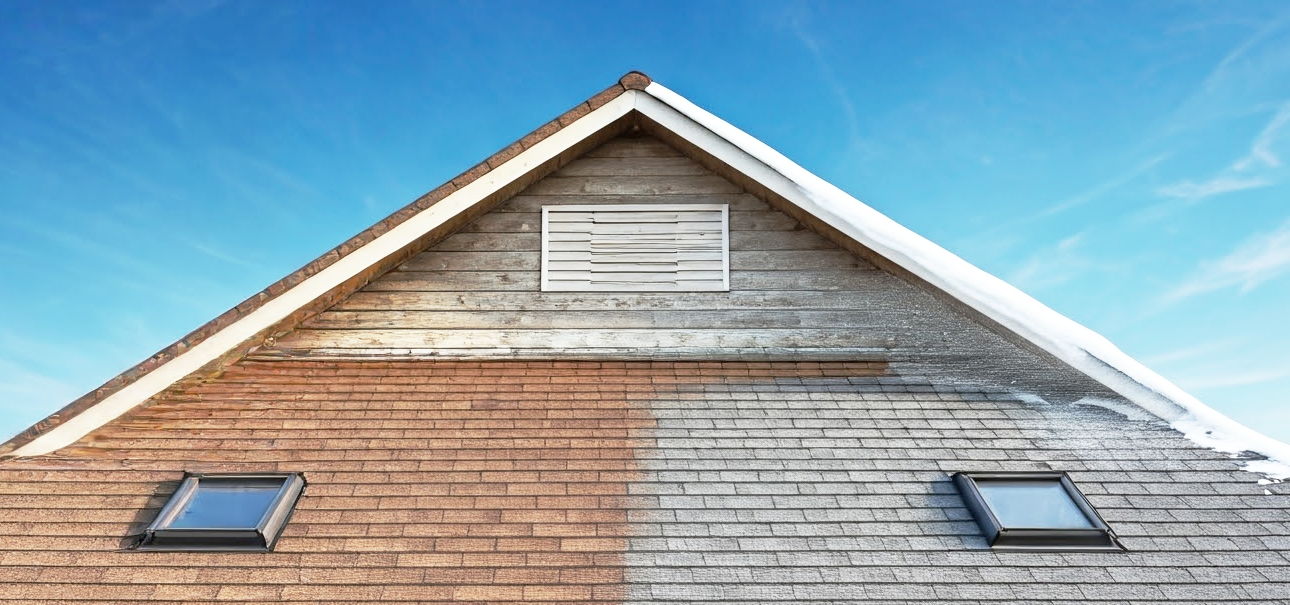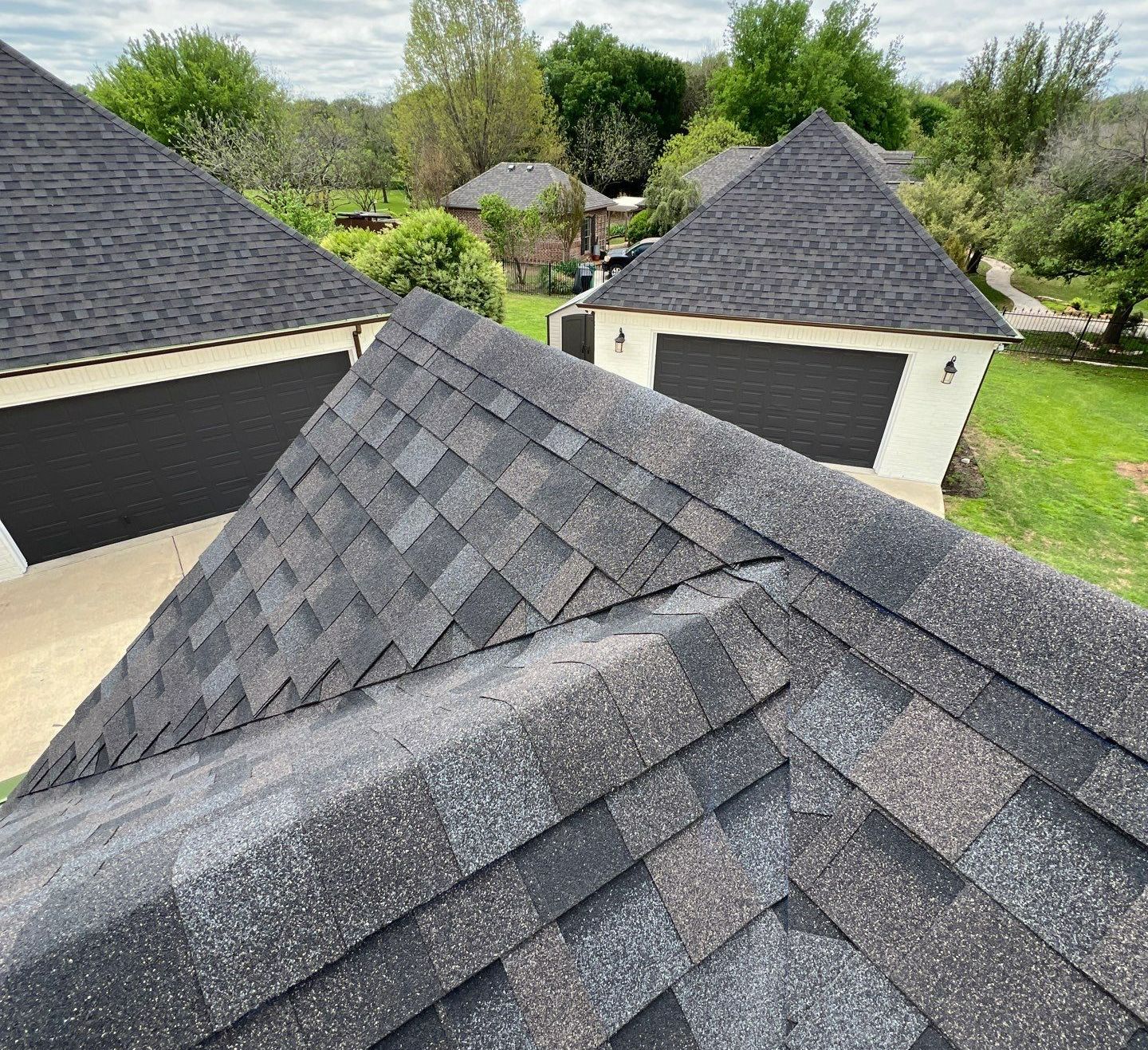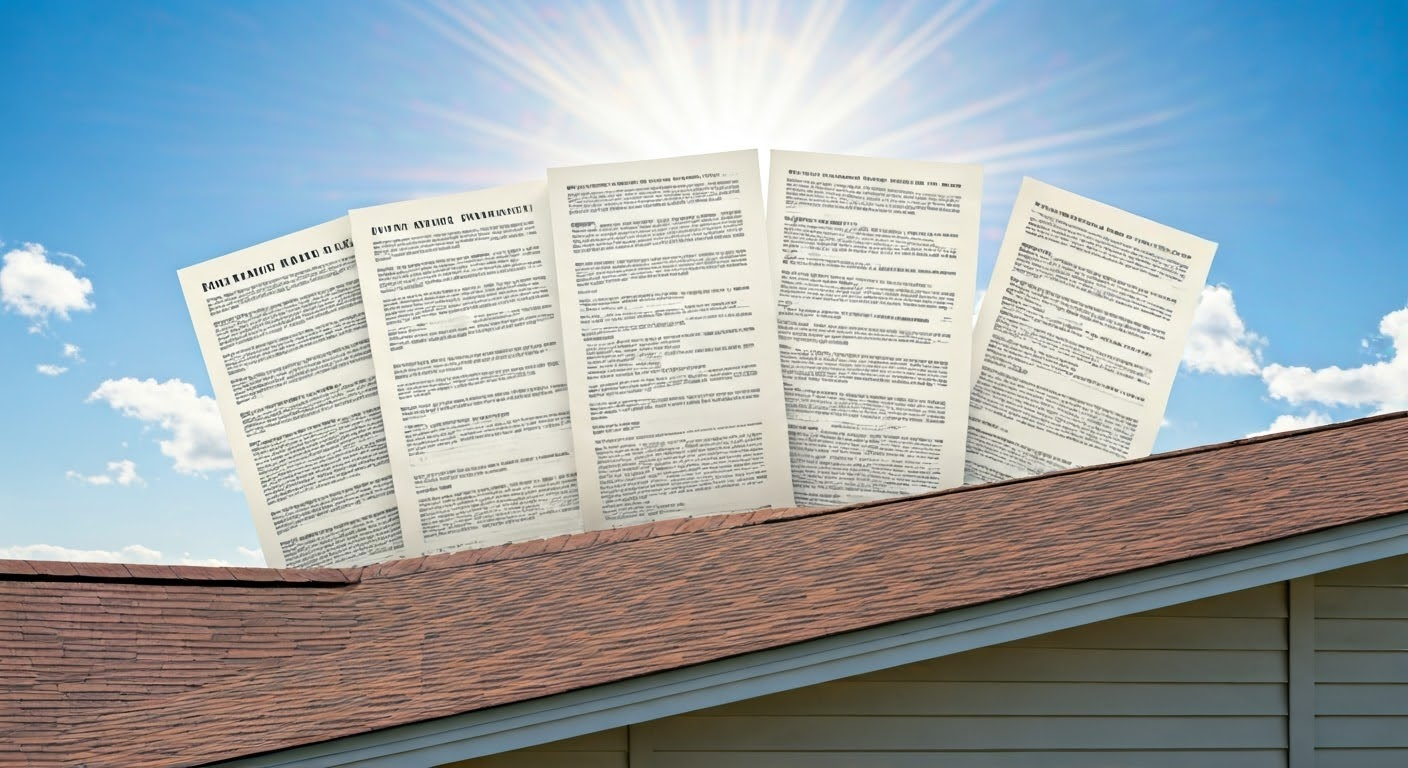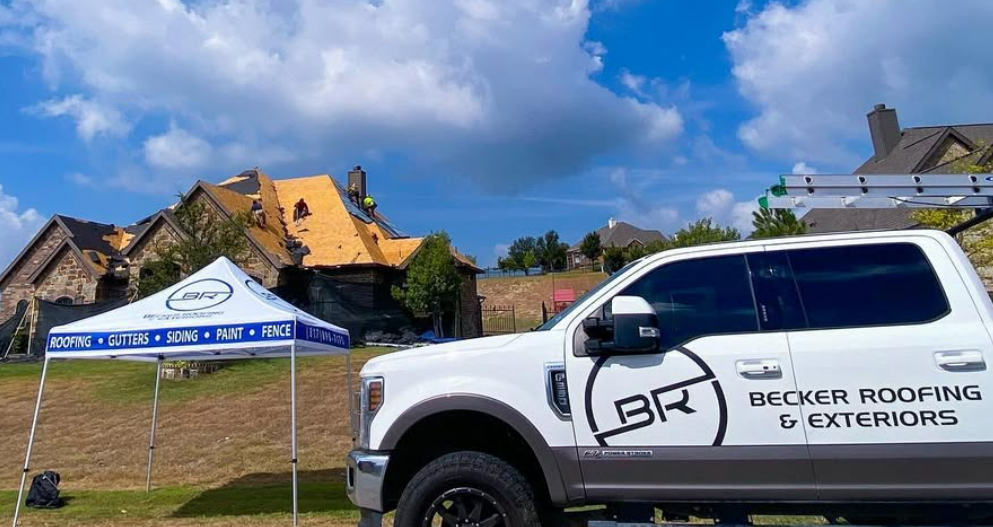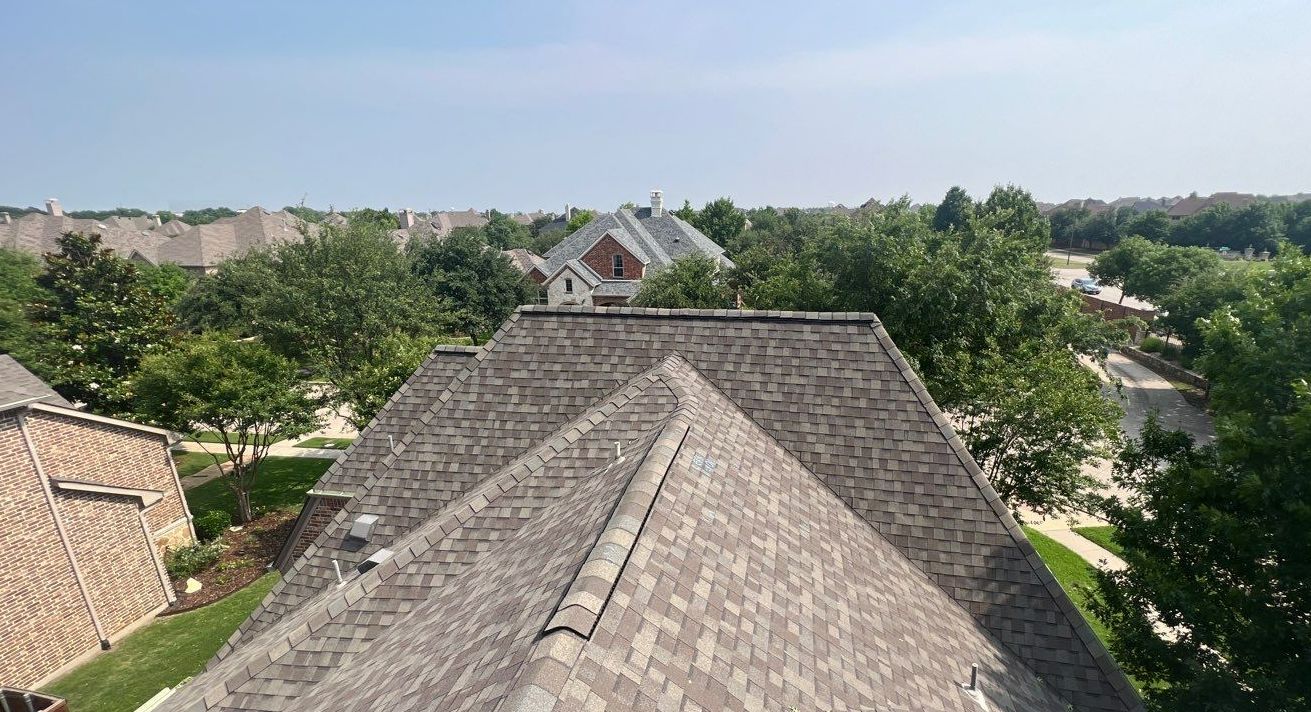Top Picks for Walking on Asphalt Shingle Roofs in Fort Worth
Discover the best shoes to walk on asphalt shingle roofs in Fort Worth Texas. Find the perfect footwear for your roofing needs.

Best Shoes for Walking on Asphalt Shingle Roofs in Fort Worth
Key Highlights
- Walking on asphalt shingle roofs in Fort Worth requires the right shoes for safety and efficiency.
- The Texas weather can have a huge impact on roofing materials, making it important to choose shoes that can withstand harsh conditions.
- Traction and grip are crucial features for walking on roofs, as they ensure stability and prevent accidents.
- Durability is another essential feature for roof-walking shoes, as they need to withstand the wear and tear of walking on rough surfaces.
- Some top shoe picks for walking on roofs include weightlifting shoes like Nike Metcon and Reebok Nano, as well as roofing-specific boots like Cougar Paws.
- It is important to avoid wearing inappropriate footwear like cowboy boots, sandals, and high heels when walking on roofs, as they can compromise safety and stability.
Introduction
Walking on asphalt shingle roofs in Fort Worth, Texas requires the right footwear for safety and efficiency. Given the impact of Texas weather on roofing materials, the choice of shoes is crucial. Understanding the environment and the necessity for traction and durability in roof-walking shoes is essential. Stay tuned to discover the best shoe picks and practical tips to navigate the challenges of maintaining and walking on asphalt shingle roofs in Fort Worth. Choose wisely for a secure and stable experience on the rooftops.
Understanding the Fort Worth Roofing Environment
Fort Worth's roofing landscape is intricately tied to Texas weather patterns, influencing the selection of roofing material. Asphalt shingle roofs dominate due to their adaptability to the region's climate, offering durability against the scorching sun and occasional storms. Understanding the unique challenges faced by roofers in Fort Worth involves recognizing the importance of traction, grip, and durability in roof-walking shoes. Proper footwear not only enhances safety on asphalt shingle roofs but also prolongs the lifespan of the roofing material, minimizing the need for repairs.
The Impact of Texas Weather on Roofing Materials
Texas weather exerts a significant effect on roofing materials in Fort Worth. The scorching heat, intense sun exposure, sporadic storms, and occasional hail all challenge the durability of asphalt shingles. These weather conditions can cause shingles to expand and contract, leading to cracks and deterioration. Fort Worth roofers prioritize materials that can withstand these weather fluctuations, making asphalt shingle roofs a popular choice due to their resilience in the face of Texas climate extremes.
Why Asphalt Shingle Roofs are Common in Fort Worth
Asphalt shingle roofs are prevalent in Fort Worth due to their cost-effectiveness and durability in the Texas climate. These roofs withstand the extreme heat and occasional storms common in the region. Additionally, asphalt shingles come in various colors and styles, allowing homeowners to customize their roofs easily. As a widely available roofing material, asphalt shingles are preferred by many roofers in Fort Worth for their ease of installation and repair, making them a practical choice for both residential and commercial properties.
Essential Features of Roof-Walking Shoes
To ensure safety and effectiveness on asphalt shingle roofs, roof-walking shoes must prioritize traction and durability. These features are vital in navigating the challenging terrain and maintaining stability while working at heights. Quality footwear designed for roof walking should offer a firm grip to prevent slips and falls, especially in wet or uneven conditions. Additionally, durability is key to withstand the harsh roofing environment and ensure long-lasting performance. When selecting the best shoes for walking on asphalt shingle roofs in Fort Worth, prioritize these essential features for a successful and secure roofing experience.
Traction and Grip: Key for Safety and Efficiency
When walking on asphalt shingle roofs in Fort Worth, traction and grip are vital for safety and efficiency. These features ensure stability on the slippery surface, preventing slips and falls that could result in injuries or damage to the roofing material. Proper traction also aids in navigating steep angles and uneven surfaces with ease. Investing in shoes with excellent traction, designed specifically for roof-walking, can make a huge difference in the overall performance and safety of the task at hand. High-quality traction ensures a secure footing, allowing you to move confidently across the roofs.
Durability in Harsh Roofing Conditions
Selecting shoes with exceptional durability is non-negotiable for traversing harsh roofing environments. The wear and tear from constant friction on asphalt shingles necessitate sturdy materials that can withstand the strain. Opting for well-constructed shoes not only ensures prolonged use but also safeguards against potential accidents due to shoe deterioration. Prioritizing durability in your footwear for roof walking is a proactive measure to maintain both safety and longevity in your roofing endeavors.
Top Shoe Picks for Roof-Walking
For top-notch shoe picks when walking on asphalt shingle roofs in Fort Worth, consider the Nike Metcon and Reebok Nano. These sports shoes provide excellent traction and durability, essential for navigating roofing terrain. Additionally, specialized roofing boots like Cougar Paws offer extra grip and stability to prevent slips and accidents. Investing in quality footwear from reputable stores like Academy Sports ensures both comfort and safety during roof-walking tasks. Choose wisely to protect both yourself and the integrity of the asphalt shingles beneath your feet.
Weightlifting Shoes: Nike Metcon and Reebok Nano Review
When choosing shoes for walking on asphalt shingle roofs in Fort Worth, sports wear like weightlifting shoes can make a huge difference. The Nike Metcon and Reebok Nano are popular choices known for their traction and grip, essential for safety and efficiency. These shoes offer durability in harsh roofing conditions, providing stability and support. Consider visiting shoe stores like Academy Sports in Dallas, Texas, to explore these options further. Invest in the right footwear to ensure the protection of your roofing material and your safety while navigating roofs.
Roofing Specific Boots: Cougar Paws and More
When it comes to walking on asphalt shingle roofs in Fort Worth, roofing-specific boots like Cougar Paws offer unparalleled grip and stability. These specialized boots are designed to provide traction on various roofing materials, ensuring safety and efficiency for roof walkers. Additionally, other brands like Xtratuf and Redback Boots are popular choices among roofers in the Texas area for their durability and comfort. Investing in high-quality roofing-specific boots can significantly reduce the risks associated with walking on roofs and enhance overall performance.
Shoes to Avoid When Walking on Roofs
Cowboy boots, sandals, and high heels pose substantial risks when walking on roofs. Their lack of traction and stability makes them unsuitable for navigating asphalt shingles safely. Wearing such footwear on a roof can lead to accidents, slips, and potential damage to both the shingles and the person. It’s crucial to opt for specialized roofing shoes that provide the necessary grip and support to maneuver confidently on steep and uneven surfaces. Avoiding inappropriate shoes can help maintain the integrity of the roofing material and prevent unnecessary accidents.
The Risks of Wearing Cowboy Boots, Sandals, and High Heels
When venturing onto asphalt shingle roofs, opting for cowboy boots, sandals, or high heels can pose significant risks. These stylish yet impractical footwear choices lack the essential traction and grip needed for safe roof walking. Cowboy boots' smooth soles, sandals' lack of support, and high heels' instability increase the chances of slips and falls, jeopardizing safety. To prevent accidents and ensure stability, it's crucial to prioritize functionality over fashion when selecting shoes for walking on roofs.
How Inappropriate Footwear Can Compromise Roof Safety
Improper footwear on asphalt shingle roofs in Fort Worth poses significant risks. Cowboy boots, sandals, or high heels lack the traction needed for secure footing, increasing the likelihood of slips and falls. Such shoes also lack the necessary grip to navigate the steep angles of roofs, compromising overall safety. Using inappropriate footwear can lead to accidents, injuries, and damage to roofing materials, emphasizing the importance of choosing the right shoes for walking on asphalt shingle roofs. Invest in proper roof-walking shoes to safeguard against potential hazards.
Practical Tips for Roof Walkers
Preparing your shoes for roof walking is crucial. Ensure they have excellent traction to avoid slips. Consider using gripping accessories for added safety. Minimize damage to asphalt shingles by walking carefully and evenly distributing your weight. Clean your shoes regularly to prevent debris buildup that could lead to falls. Techniques like toe-to-heel walking can help maintain the roof's integrity. Approach roof-walking with caution and always inspect your shoes for wear and tear to prevent accidents.
Preparing Your Shoes for Roof Walking
Before you step foot on an asphalt shingle roof, it's important to prepare your shoes to ensure optimal performance and safety. Start by checking the condition of your shoes and making sure they are in good shape. Replace any worn-out or damaged shoes to avoid accidents and injuries.
Next, clean your shoes thoroughly to remove any dirt or debris that could affect their grip on the roof. Use a soft brush or cloth to remove dirt from the soles and upper part of the shoes. If necessary, use a mild detergent and water solution to remove stubborn stains.
Finally, check the traction of your shoes to ensure they provide sufficient grip on the roof surface. If the soles are worn out and have lost their grip, consider replacing them or adding non-slip shoe covers for additional traction.
Techniques for Minimizing Damage to Asphalt Shingles
Walking on asphalt shingle roofs can potentially cause damage to the shingles if proper techniques are not followed. To minimize damage and ensure the longevity of the roof, there are a few key techniques you should keep in mind.
First, avoid stepping directly on the shingles whenever possible. Instead, try to step on the rafters or support beams underneath the shingles to distribute your weight evenly. This will help prevent any unnecessary pressure on the shingles and reduce the risk of cracking or breaking.
Second, be mindful of your movements while walking on the roof. Take slow, deliberate steps and avoid dragging your feet or making sudden movements that could dislodge or damage the shingles. Use caution when carrying any tools or equipment on the roof to prevent accidental drops or damage.
Lastly, avoid walking on the roof in extreme weather conditions, such as during heavy rain or snow. Wet or frozen shingles can be slippery and increase the risk of accidents and damage. Wait until the weather conditions improve before attempting any roof walking.
Technique
Description
Avoid stepping directly on shingles
Stepping on the rafters or support beams instead of the shingles to distribute weight evenly
Be mindful of movements
Take slow, deliberate steps and avoid dragging feet or making sudden movements
Avoid walking in extreme weather
Wait for improved weather conditions before attempting roof walking
Maintenance and Care for Roof-Walking Shoes
Once you have the right shoes for walking on asphalt shingle roofs, it's important to take proper care of them to ensure their longevity and performance. Regular cleaning and maintenance can help extend the life of your shoes and keep them in good condition.
After each use, clean your shoes to remove any dirt or debris that may have accumulated. Use a soft brush or cloth to gently scrub the shoes, and if necessary, use a mild detergent to remove stubborn stains. Allow the shoes to air dry completely before storing them.
Inspect your shoes regularly for any signs of wear or damage, such as worn-out soles or loose stitching. Address any issues promptly to prevent further damage and ensure the safety of your feet while walking on asphalt shingle roofs.
Cleaning and Storage Best Practices
To keep your roof-walking shoes in optimal condition, it's important to follow proper cleaning and storage practices. Regular cleaning helps remove dirt and debris that can affect the performance of the shoes, while proper storage prevents damage and prolongs their lifespan.
When cleaning your shoes, use a soft brush or cloth to gently remove any dirt or stains. Avoid using harsh chemicals or abrasive materials that could damage the shoes. If necessary, use a mild detergent and water solution to remove stubborn stains, but be sure to rinse the shoes thoroughly to remove any residue.
After cleaning, allow the shoes to air dry completely before storing them. Avoid exposing them to direct sunlight or heat sources, as this can cause the materials to deteriorate. Store the shoes in a cool, dry place away from moisture and excessive humidity.
By following these cleaning and storage best practices, you can ensure that your roof-walking shoes remain in excellent condition and ready for use whenever you need them.
When to Replace Your Roof-Walking Shoes
Just like any other pair of shoes, roof-walking shoes have a limited lifespan and will eventually need to be replaced. It's important to know when it's time to invest in a new pair to ensure your safety and comfort while walking on asphalt shingle roofs.
One of the first signs that it's time to replace your roof-walking shoes is visible wear and tear. If you notice the soles are worn out, the upper part of the shoes is damaged, or the shoes no longer provide the support and protection they once did, it's time for a replacement.
Additionally, if you experience discomfort or pain while wearing your roof-walking shoes, it may be a sign that they no longer fit properly or have lost their cushioning and support. Don't ignore these signs, as wearing worn-out shoes can increase the risk of accidents and injuries.
It's recommended to replace your roof-walking shoes every 6-12 months, depending on the frequency of use and the condition of the shoes. Regularly inspect your shoes and listen to your feet to determine when it's time for an upgrade.
Conclusion
Frequently Asked Questions
What Makes a Shoe Suitable for Walking on Shingle Roofs?
A shoe suitable for walking on shingle roofs should have non-slip soles, good traction, and a flexible design. It should provide ankle support and be made of durable materials. These features ensure safety and minimize damage to the shingles.
How Can I Ensure My Safety While Walking on a Roof?
To ensure safety while walking on a roof, wear appropriate shoes with non-slip soles and good traction. Use accessories like harnesses and safety ropes if necessary. Avoid walking on wet or icy surfaces and follow proper techniques for minimizing damage to the roof.
Are There Any Affordable Shoe Options for Roof Walking?
Can Regular Hiking Boots Be Used on Asphalt Shingle Roofs?


Our Location
Hours
Hours
Contact Us
- Main: (817) 898-7175
- Local: (817) 898-7175
- Mobile: (817) 898-7175
License # 03-0235

